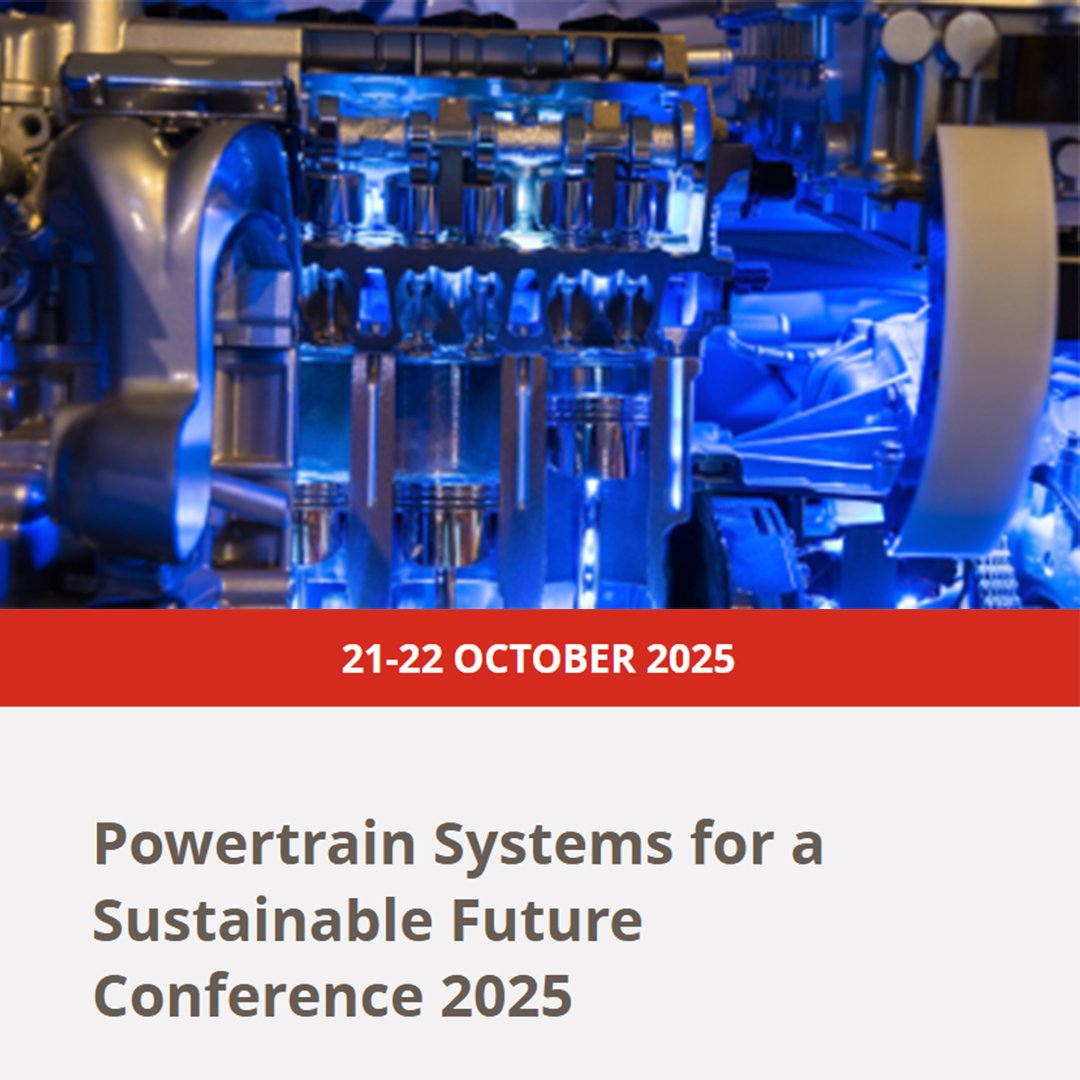
Ship vessel hybridisation
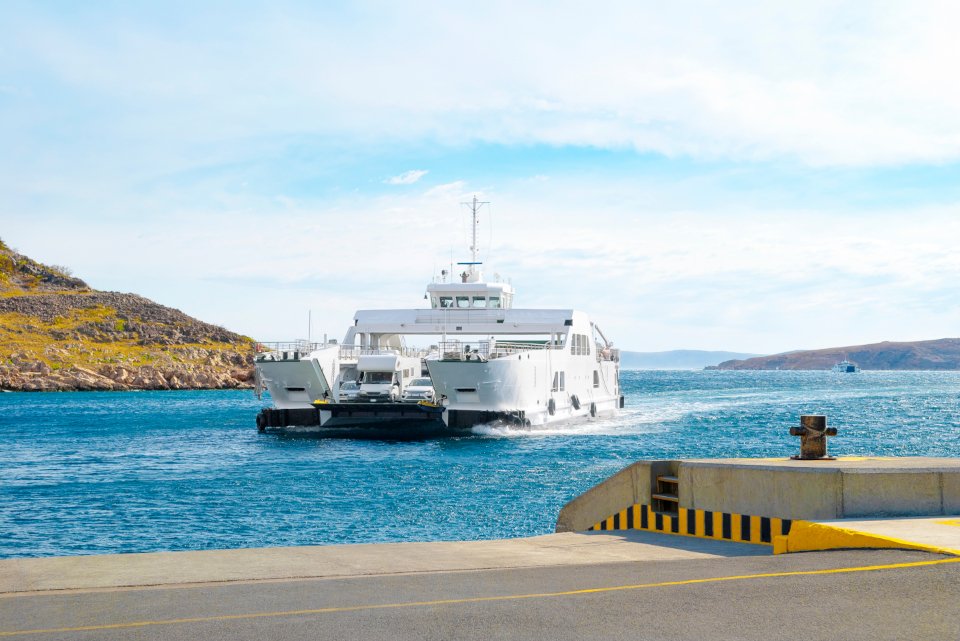
Ship vessel hybridisation
Hybrid electric power systems for ship propulsion have the potential to prevent harmful in-port NOx and HC emissions, whilst also achieving significant global CO2 emission reduction.
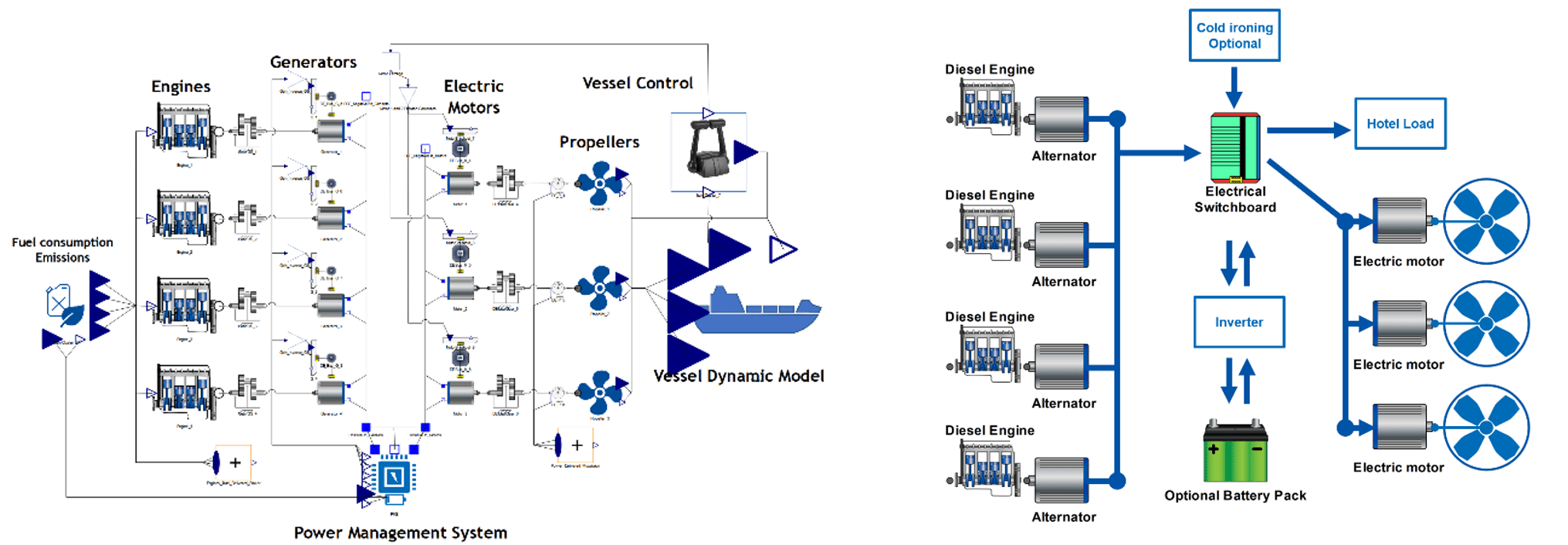
© Copyright CIMAC 2019 Paper 32
Complete system simulation models are vital in selecting the correct balance of components to meet performance, emissions, cost and operational requirements. System modelling using IGNITE allows different propulsion options to be investigated, exploring the potential benefits in adopting battery and/or plug-in onshore hybrid ‘cold ironing’ solutions, compared with a conventional vessel:
- Diesel Electric (DE)
- Plug-in Diesel Electric (PDE)
- Diesel Battery Electric (DBE)
- Plug-in Diesel Battery Electric (PDBE)
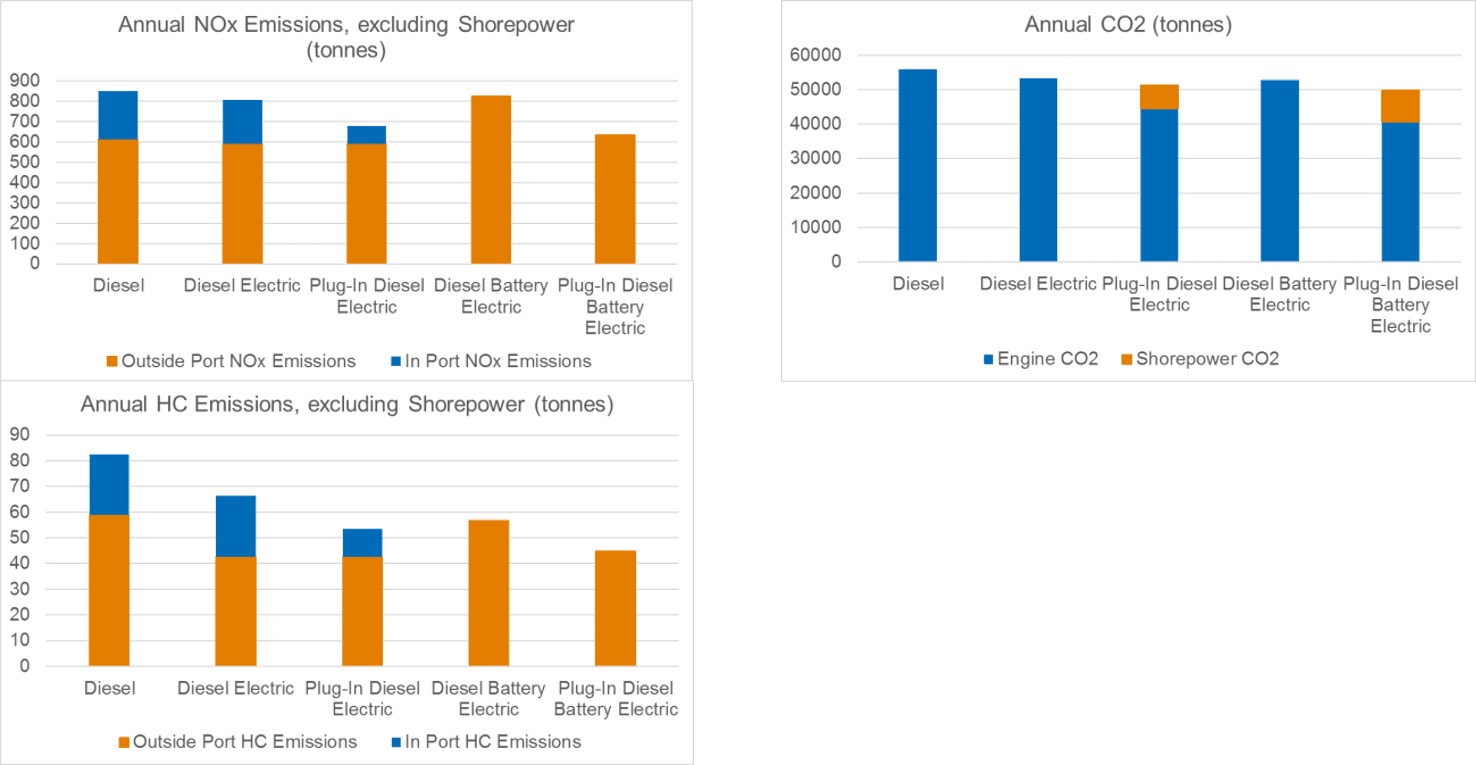
© Copyright CIMAC 2019 Paper 32
Simulation is also used as input to quantify capital and operating expenditure of different propulsion options, providing a trade-off between cost and benefits.
Electric and hybrid electric system analysis consists of four packages that calculate combustion, temperatures, mechanical losses, and emissions data used in the system model.
IGNITE is a complete physics-based hybrid simulation package. With a library system of building blocks, the user can quickly and accurately model complete electric and hybrid electric systems, analysing electric motor control and engine performance.
WAVE is a 1D Computational Fluid Dynamics (CFD) tool that provides ICE data to the system model across a range of operating scenarios with predictive combustion models for maritime applications, including biofuel and methanol carbon-neutral fuels, as well as ammonia and hydrogen zero-carbon fuels.
The structural mechanics suite, including SABR, ENGDYN and VALDYN, predict transmission and mechanical ICE losses as inputs to the system model.
Separately, VECTIS, is a 3D CFD simulation tool that predicts battery thermal behaviour enabling a detailed model of battery performance.
Our insights

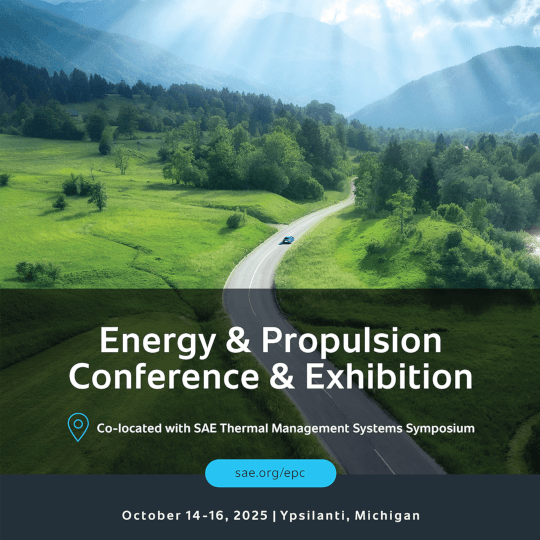
CFD and FE Toolset for Predicting Structural Temperatures in a Hydrogen Internal Combustion Engine
Technical Paper
Calculation of Thermal Boundary Conditions for Hydrogen Internal Combustion Engines
Technical Paper
Thermo-Diffusive Flame Speed Adjustment and its Application to Hydrogen Engines
Technical Paper



